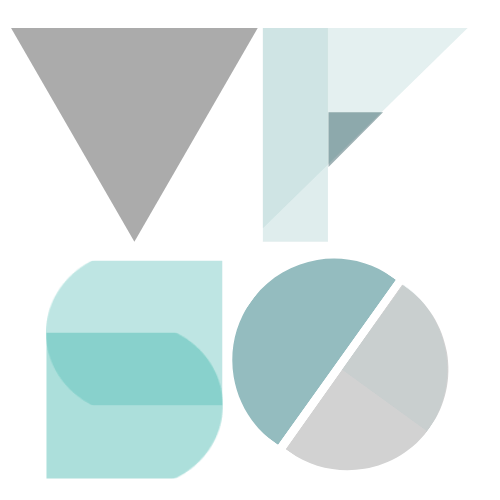Organization
The United Nations Development Programme is the United Nations' global development network. Headquartered in New York City, UNDP advocates for change and connects countries to knowledge, experience and resources to help people build a better life.
Project Information
UNDP has developed an internal platform to support both the agency – and the UN system as a whole – to harness data science and data visualization tools in order to more effectively analyses the risks of crises and to be able to communicate these risks to key decision makers. This platform is called the Crisis Risk Dashboard (CRD) and is deployed in various configurations covering different regions or countries, and different types of crises. Crisis contexts tend to be very complex, giving rise to questions such as: what is happening? where is it happening? who is involved? who is affected? what has resulted in the current crisis? what continues to fuel the current crisis? what are mitigating actions being taken? how effective are they? where might the crisis of tomorrow emerge?
At the same time, the amount of data and information available is vast, making next-to-real time analysis challenging. UNDP seeks to continue to develop creative and effective ways through which to help analysts and decision-makers access and make use of this information. The produced visualization should be interactive and intuitive, dashboard-based, and presented in a single interface through an integrated combination of maps, various graph and chart-types, and nominal text. A crucial aspect of the CRD is the ability to overly and compare various types of data – for example, an end user might want to navigate various available datasets to better understand where there are clusters of violent incidents (and whether these incidents are increasing or decreasing in frequency) and where there are particularly vulnerable populations (e.g. with high incidence of poverty, high food insecurity, poor access to basic services, etc.). Being able to cross-reference various data sets allows for an understanding of people most affected or most in need of support.
The visualizations will be accessed via UNDP’s internal Crisis Risk Dashboard platform online.
Note: the internal platform is Tableau-based, therefore all visualizations produced should be developed using Tableau Desktop, and produced as Tableau package files.
Audience
Visualizations developed by the Viz for Social Good community will be used to inspire and further develop Crisis Risk Dashboards for various UNDP offices around the world. These visualizations will be used by crisis risk analysts to assess and understand risks of crisis, by programme managers to inform the design, development, and management of programmes, and by senior level decision-makers to guide UNDP and the UN system’s engagement in a particular country or region.
Data
ACLED: incidents of political violence
- Each row represents one incident of political violence
- Each column is labeled. Key columns include location (including lat-lon), date, type of incident, number of fatalities
- Make use of historical data of the last 10 years to support trends analysis
- Format is CSV
- Data URL (AFRICA 1997-PRESENT): https://www.acleddata.com/download/2909/
INFORM (subnational, Sahel)
- Each row represents a particular region in a Sahel country
- Each column represents different types of risks and the corresponding risk rating (suggest pivoting the table resulting in columns: country, admin 1, ISO3, ISO-ADMIN1, indicator, and risk rating)
- Format is xls
- Data URL:
http://www.inform-index.org/LinkClick.aspx?fileticket=Nw4L_Q-UAjc%3d&tabid=142&portalid=0
(use tab / data sheet: “INFORM SAHEL June 2017 (a-z)”)
How to Participate
- Sign up as a volunteer
- Use the hashtag #VizforSocialGood on Twitter to submit your visualization(s) and a link (if applicable).
- Mention @DataChloe and @UNDP.
Deadline
09/15/2018 (11:59 pm PST).
Others
Given potential sensitivities of developing crisis risk dashboards in some countries, this project does not specific any particular country, but rather encourages the Viz for Social Good community to develop a dashboard that focuses either on one country within the Sahel or the Sahel region as a whole given the available data. Sahel countries include: Burkina Faso, Cameroon, Chad, Gambia, Guinea, Mali, Mauritania, Niger, Nigeria, Senegal.
